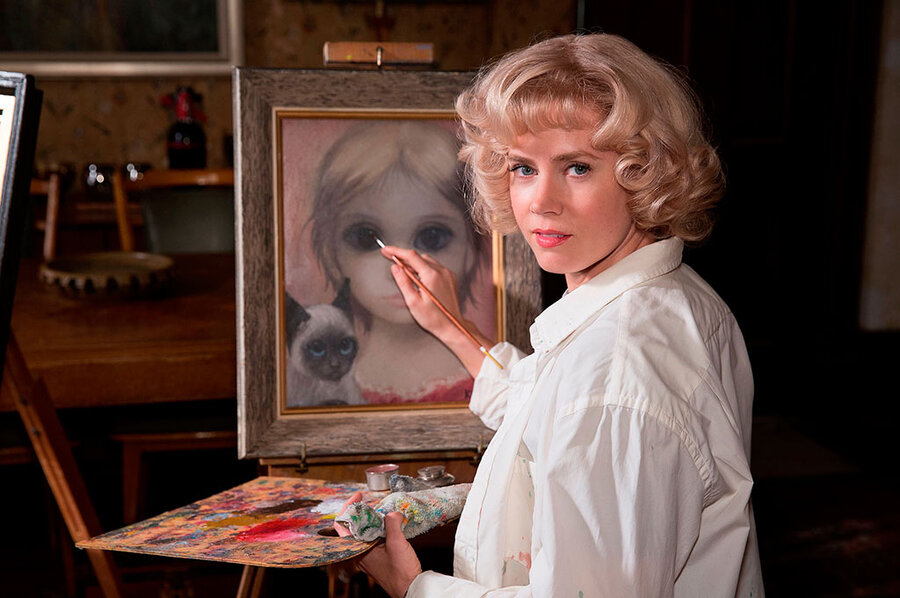'Big Eyes' doesn't probe allure of the art
Loading...
Tim Burton’s “Big Eyes” isn’t nearly as creepy as most of his other movies, which I suppose is a good thing, although that also means it’s a
bit bland. It centers on those, well, creepy Keane paintings that seemed to be everywhere in the ‘60s featuring children with immense, saucerlike eyes. The movie, scripted by Scott Alexander and Larry Karaszewski (who also wrote “Ed Wood” for Burton), is about the fraught marriage between Margaret Keane (Amy Adams), the real painter of those phenomenally successful kitsch collectibles, and Walter Keane (Christoph Waltz), a poseur who pressured his wife into lying that he was the actual artist.
Adams is very good at the difficult art of making passive characters interesting – a gift that stands her in good stead here. When Margaret finally rises to the occasion and, out of pride or spite or a combination, challenges Walter in court, you feel like cheering. Waltz overdoes the con artist’s bonhomie; it’s difficult to see how Margaret, even with all her recessiveness, could have been cowed for so long. We’re left with an enigma that is insufficiently probed: How does art this banal nevertheless capture us? Grade: B- (Rated PG-13 for thematic elements and brief strong language.)







